|
Written by Mouad Chentouf, IGA Regional Director for North Africa* INRA – Regional Center of Tangier This article was edited in collaboration with Francisco de Asís Ruiz Morales, IGA Regional Director for Western Europe, and translated by Jean-Marie Luginbuhl, IGA Secretary-Treasurer.
Introduction With an estimated number of 8 million heads in the 70s, the Morocco goat sector currently numbers 6.2 million animals. This significant drop in number is due to the years of drought that the country experienced during the 1980s, but also to the abandonment of this activity towards other more profitable agricultural activities. The productivity of Moroccan goats is low with a national average estimated at 38 kg of milk and 6 kg of meat per goat and year. The annual production of the goat sector amounts to 25,000 metric tons of meat and 57 million liters of milk, the equivalent to 5 and 3% of the national production, respectively. Despite these low levels of production, goat farming plays an essential role for the population of mountainous regions and inaccessible areas. 83% of the national herd is located in small farms of less than 5 ha, with 46% and 16% located in mountainous areas and the Sahara region, respectively. In these areas, goats play a major role in providing protein and income for the local rural populations. Local breeds The local indigenous population represents 98% of the Moroccan goat inventory. Four breeds are officially recognized by the Ministry of Agriculture (Figure 1). The Draa breed The Draa breed originates from and derives its name from the Draa Valley, an oasis located in the southeast of the country. With a population of 210,000 animals, this breed is perfectly integrated into the agricultural system of the oasis. The herds use products and byproducts of agriculture (dates, alfalfa, cereals, olives, etc.) and provide fertilizer to improve soil fertility. Producing both milk and meat, the Draa is considered a double purpose breed with average levels of production. The milk production for a standard 120-day lactation averages 142 kg, with concentrations in dry matter, fat, and protein of respectively 13.8, 4.1 and 3.7%. The goats reach a standard weight at 10, 90 and 180 days of 5.4 kg, 10.1 kg and 13.5 kg, respectively, with weaning viability of 0.97. The main characteristic of this breed is the absence of reproductive seasonality and its high prolificacy. In spring (March and April), the fertility levels of the herds reach 80% with an average prolificacy of 1.6. These characteristics permit the adoption of an intensified reproduction rhythm to improve the general productivity of herds. This autochthonous breed is undergoing an intense process of erosion with the massive introduction into the oases of the Alpine breed to improve milk production. Conservation and improvement programs must be implemented to minimize the effects of this process. The Atlas breeds: Barcha and the Atlas black According to the census, these two breeds account for the largest number of goats with 570,000 animals. These breeds are located in the Atlas Mountains and are very well adapted to the climatic and edaphic conditions of that region. The Barcha breed is distinguished from the Atlas black by white hairs on the dorsal line, the ears, and the snout. Milk produced by both breeds is exclusively used to raise kids. The average milk production per goat per year is low at 68 kg with dry matter, protein and fat concentrations of 16.2, 6.8 and 6.3%., respectively. The growth rate is low with a birth weight of 1.5 kg, 5.2kg at 3 months and 18.3 kg at 12 months of age. The Laaroussia breed This breed is native to the north of Morocco and was recognized as such in 2016. It is a breed that inhabits the western Rif mountains, and that uses the grazing lands of forests exclusively. Milk production for lactation of 120 days averages 53.2 kg with a high variability indicated by a standard deviation of 22.3 kg. These data show the existence of animals with a production potential higher than the average and that production levels could be improved quickly and significantly with a selection program. The average milk concentration in dry matter, fat, and protein are respectively 12.5, 3.2 and 3.8%. Although the main objective is meat production, growth rates are low mainly due to management. Average live weights are 2.1, 3.0, 4.6 and 9.0 kg at birth, 10, 30 and 90 days of age, respectively. These breeds represent only 13% of the national goat census. Non-standardized populations such as the Rahali in the Anti Atlas or Laghzalia in the north constitute an important genetic diversity that must be preserved and improved. These populations are rustic, very well adapted to their geographic zones and their feeding is in general based on the exclusive use of grazing lands. It is also important to mention the presence of dairy breeds imported mainly from France (Alpine and Saanen) and Spain (Murciano-Granadina and Malagueña). These are used in purebred farms for milk production or in crossbreeding programs to improve the milk production of local breeds. Although these herds are in the minority, they are undergoing an important development thanks to the incentives put in place by the governmental authorities within the framework of the Morocco green plan. Production systems Two goat production systems are found in Morocco: 1. Extensive, for the production of meat based on the use of pastoral resources, and 2. Semi-extensive, for a dual-purpose production of milk and meat that uses pastoral resources as well as feed produced on the farm or purchased. Meat production systems These systems are based on the use of native breeds and the almost exclusive use of pastoral resources that contribute 96% of the animal needs (Picture 1). They dominate the goat sector and are located in the mountainous and desert areas. By and large, these regions are unlikely to diversify and intensify agricultural activities in general and livestock production in particular. The animals spend all year on communal pastoral and forest land without any regulation regarding stocking rate or grazing periods. The goats do not receive any feed supplementation, including during periods of low pasture productivity and high animal nutritional needs. Cut and carry is practiced by the producers during short days between October and February. During this period, the duration of daily grazing is short and not sufficient to cover animal nutritional needs. Tree branches are cut and given access to the animals in the barns. The duration of stubble grazing is short and does not exceed two weeks given the small size of land holdings and useful agricultural areas (Table 1). The ponderable production of kids per goat and year is low and estimated at 6.8 kg live weight at 70 days of age. Consequently, the gross margin of herds is low as well and varies between 11.8 and 34.5 € per goat and year. Dual-purpose (milk and meat) goat production systems These dual-purpose systems are located in accessible and relatively favorable areas. Imported dairy breeds are used as a base, or crosses between these and the local breeds. This production system is undergoing an important development due to the impulse of state policies within the framework of the Morocco green plan, predominantly in the northern region of Morocco. This region historically has developed an important dairy goat industry, an activity initiated at the time of the Spanish protectorate (Picture 2). Goat feeding is based on the use of pastoral and farm resources (Table 2). Depending on the level of intensification, the contribution of pastoral resources for animal feed varies from 49 to 78% of total needs. The use of the local pastoral flora in the diet provides an important territorial link to dairy and goat meat production which must be valued, for example through the ‘Denomination of Origin’ or ‘Protected Geographical Attributes,’ thus giving a value-added to these products. During the summer and autumn, the rangeland production is insufficient. Grazing is complemented by giving animals access to various feeds such as forages, fallows, straws and cereal stubble. Concentrate feeds are distributed throughout the year to ensure a high level of milk production. The production of milk per goat and year is estimated at 121 kg. Some farms use high levels of concentrate to alleviate the low level of contribution from grazing, with a milk production estimated at 147 kg per goat per year. Such a production level is slightly lower than that of Andalusian herds with a high degree of grazing (179 kg). These mixed production farms achieve a gross margin of 90 € per goat and year, a value widely superior to that of the extensive meat goat herds. Valorization and marketing of Goat Products Goat milk Milk transformation is done at the farm level where a fresh lactic paste cheese, called ‘Jben,’ is produced. It is a cheese produced by mixing goat and cow milk according to ancestral practices mainly by women. The quantities produced are small and marketed directly to consumers (Picture 3). In parallel to this traditional sector, the Ministry of Agriculture has promoted semi-industrial dairies, especially in the north of the country. This region currently has seven cheese factories with a capacity to transform 1,150 metric tons of milk per year. Among the seven cheese processing plants, we highlight the success of the “Ajbane Chefchaouen” cheese factory, which has been in business for 25 years and is managed by the Sheep and Goat National Association (ANOC - Association Nationale Ovine et Caprine) within the framework of a public-private partnership. This cheese factory transforms 200,000 liters of milk per year, thanks to a network of 40 herds and 1,800 goats. It produces a wide range of dairy products such as fresh and semi-cured cheeses, gouda, yogurt, and markets its products in several cities such as Chefchaouen, Tetouan, Tangier, Rabat and Casablanca (Picture 4). Picture 4. Fresh and aged cheeses produced by the Ajban Chefchaouen cheese factory The production of goat cheese is also very dynamic in the oases of the southeast of the country where a network of four cheese factories brings together 370 farms with a processing capacity of 16,000 liters of milk per year.
Goat meat Extensive herds dominate the Moroccan meat goat sector. Sales are seasonal and are mainly concentrated during the sacrifice feasts “Eid el Adha” and Ramadan. On these dates, the sale prices increase significantly thanks to an important market demand for grazed animals between six and twelve months of age that are very appreciated by Moroccan consumers. The latter values the traditional and pastoral nature of goat herds and also the dietetic and nutritional characteristics of goat meat compared to that of sheep and beef. Thanks to this demand and consumer interest, measures to promote goat meat production have been implemented. Initiatives to improve management, producers’ organization and the creation of quality brands are being carried out in several regions of the country. Conclusion The Morocco goat industry is mainly made up of breeds and local indigenous populations well adapted to their environment. Improvement and conservation of these resources are essential for the sustainable development of the goat sector. These local genetic resources are the basis of extensive goat production systems based on the communal use of pastoral resources. The production of goat milk shows an important development, especially in the north of the country, driven by state measures within the framework of the Morocco green plan. The orientation towards milk production allows a significant improvement in the profitability of the farms. Due to the important use of grazing, both milk and meat goat products are strongly linked to the territory. The creation of quality brands linked to them, such as the denomination of origin, would provide important added value to these products.
3 Comments
AIRICE MUSHI
10/29/2019 01:05:56 am
Hello,
Reply
Rich Nunes
2/1/2023 09:08:39 pm
Can I ship goats to Morrocco from the US?
Reply
Hassania kanoubi
2/5/2023 10:45:33 am
I think that the important exchange agreement is signed between Morocco and the European Union..
Reply
Leave a Reply. |
IGA Blog
The International Goat Association promotes goat research and development for the benefit of humankind, to alleviate poverty, to promote prosperity and to improve the quality of life. Archives
May 2024
Categories
All
|
|
International Goat Association
2516 Millbrook Rd., Little Rock, AR72227 USA email: [email protected] -454-1641 |
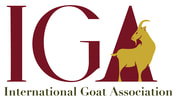
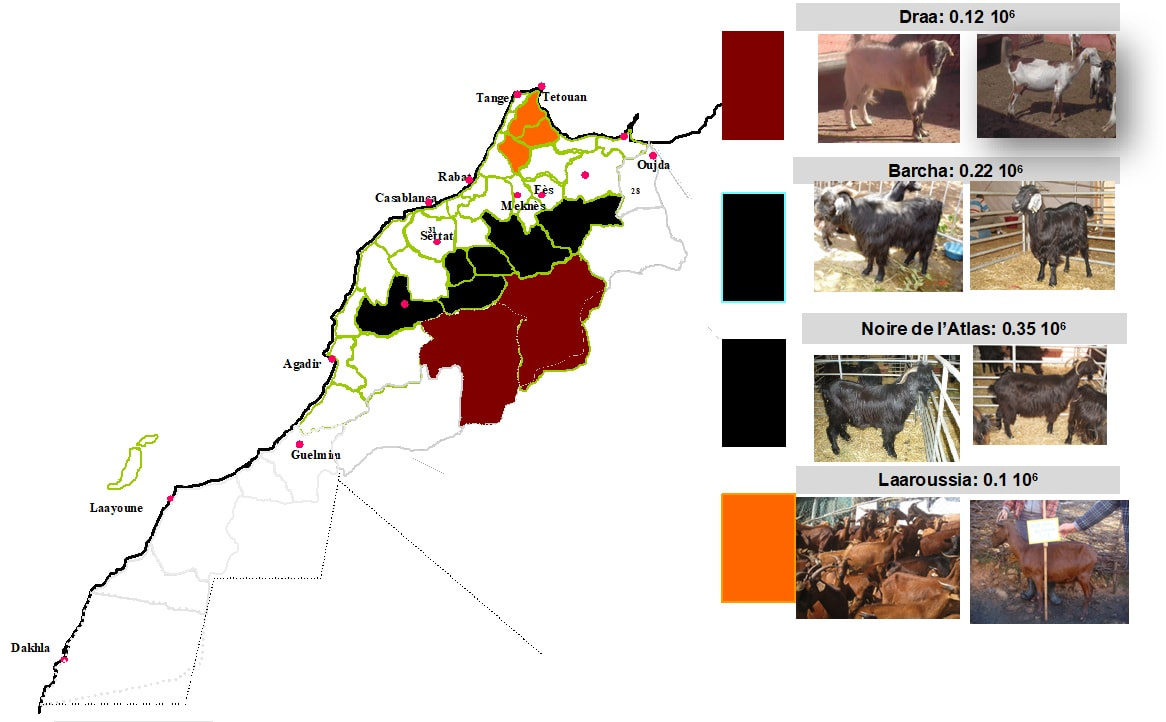

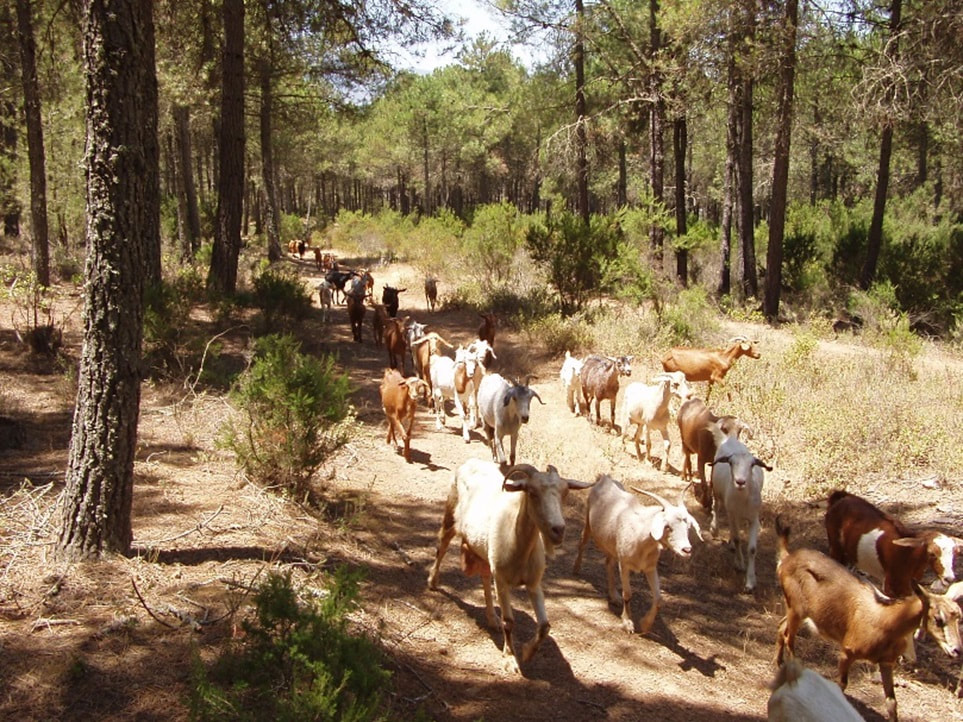
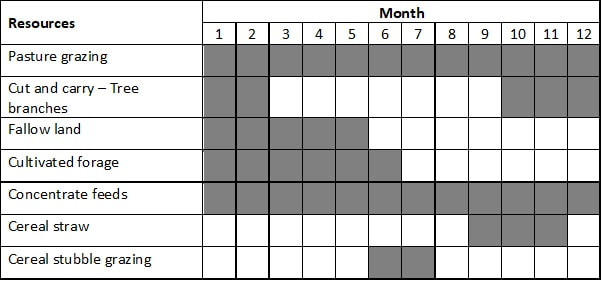
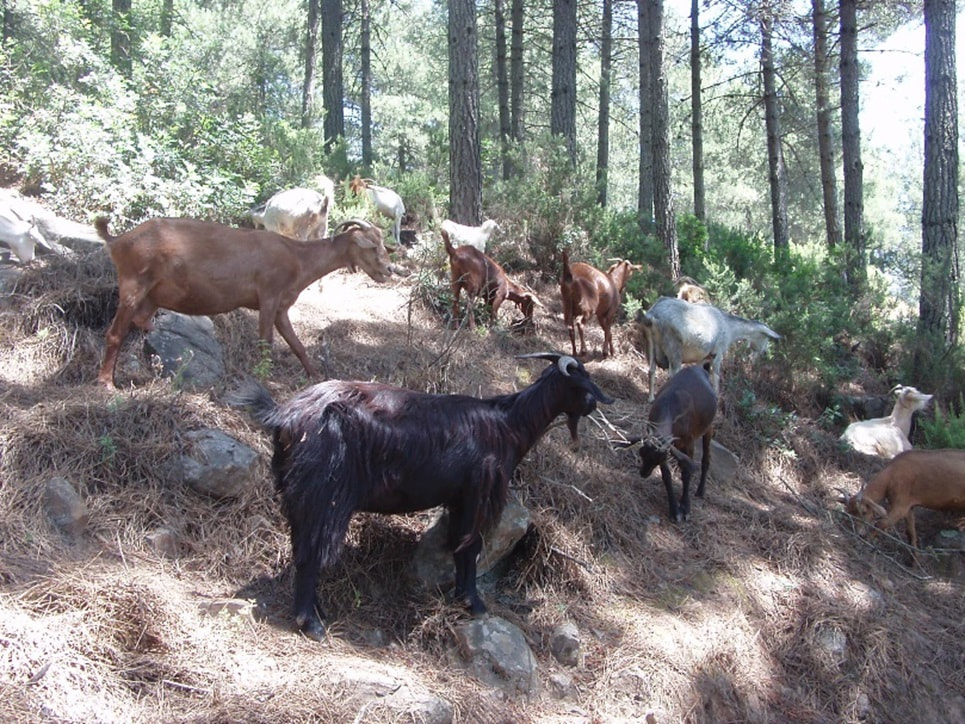
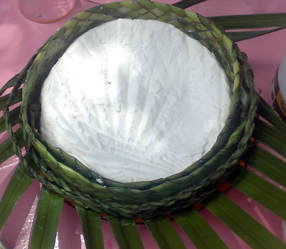
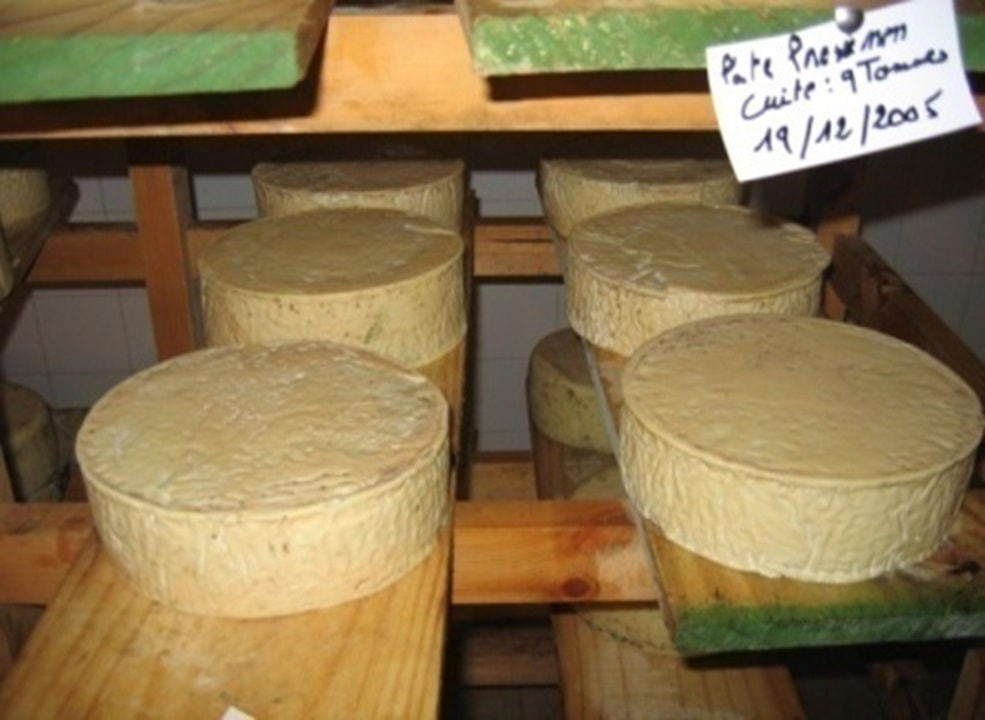
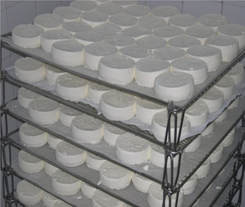
 RSS Feed
RSS Feed